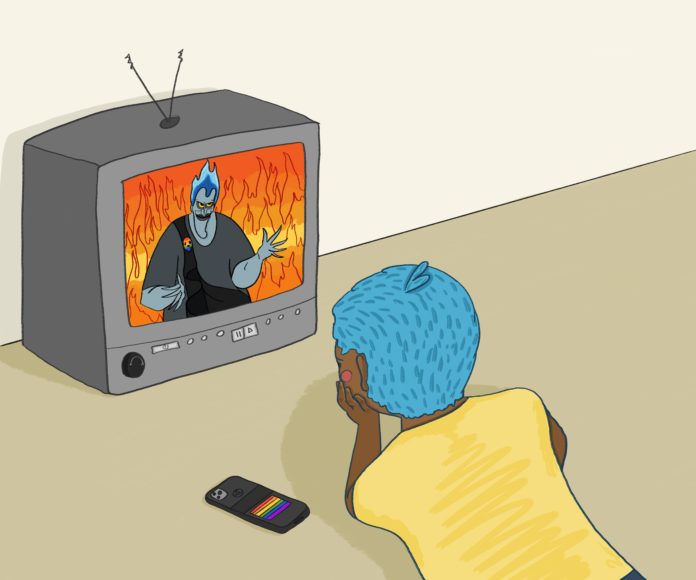Kyle Dent
A.S. Beat Reporter
Heroes and villains have certainly changed in the last few decades — bright colorful beacons of truth and justice like Superman and Robin Hood don’t snag the same attention they used to (probably for good reason; blue-eyed boy scouts like them have all the dull charm of Tom Hanks and George Washington in a blender).
Now we cheer for batmen and “punishers” dressed in black helmets and black body armor and black boots to stomp desperate citizens who’ve made a few poor life decisions into paste and — oh yeah — rehabilitation. To quote one old and ornery Batman: “You don’t get it boy … this isn’t a mud hole … it’s an operating table. [breaks bone] And I’m the surgeon.”
If these damaged angry super-vigilantes like Daredevil, Blade, and Moon Knight aren’t the ultimate hetero-power fantasies, I don’t know what are — which is surprising considering how much they love leather.
Dressed in one lone color that gets more and more muted with each decade’s reboot, they hunt and get revenge on their enemies, who have kept it much more consistent than their heroic rivals — the Joker had face paint and a flower charm as long ago as 1933, and seven-foot sapphic symbol Maleficent hasn’t let her posture slip since the Grimm Brothers.
While our heroes get to grow and change (Spider-Man’s notorious emo period, or when Snow White joined a huntsman for some mature R-rated romp across fairyland), many of these villains have been up to the same flamboyant shenanigans since World War II, their plans just getting bigger and more extravagant, going for more and more (“can’t gays ever be happy with what we’ve allowed them?”), and eventually coming back to sow more chaos.
Maybe antagonists are coded so queerly because they represent the rejection of a status quo, twisting what is normal — trying to change the world into “their view” of it, and subject everyone else to their reality.
They look pretty funky while doing it too — an eco-conscious lavender man who collects rainbow jewels, the carefree man in clown make up and a purple suit, his bisexual girlfriend who’s sole desire seems to be “chaos in color,” — the list goes on.
Speaking of twisting norms, villains seem to be the only one comfortable with drag— The Big Bad Wolf, Green Goblin in 2002’s “Spider-Man,” the Nurse Joker in 2008’s “Dark Knight,” the devil-crab-ballerina from “The PowerPuff Girls;” as the narrator’s terrified voice describes, “This is a villain so evil, so sinister … The only safe way to refer to this king of darkness is simply … HIM!”
Writers love dressing their bad guys in dresses and rainbows. Maybe it’s an easy way to identify your antagonist as a “weirdo” on the “fringes of society.” Maybe they think expressiveness in dress and mannerisms is indicative of dark and dangerous thoughts. Maybe they secretly want to dress their good guys cuter but no one will let them. Whatever the reason, it’s pretty clear — villains are having more fun.











